Whether you're tackling the toughest ball carriers or driving through multiple opponents, rugby tackling demands explosive strength, precision, and unwavering confidence. Tackling isn’t just about brute force; it’s about controlled power, efficient body mechanics, and safety. This guide offers a complete rugby tackling workout designed to help you become an unstoppable force on the field.
Why Tackling is a Crucial Skill in Rugby
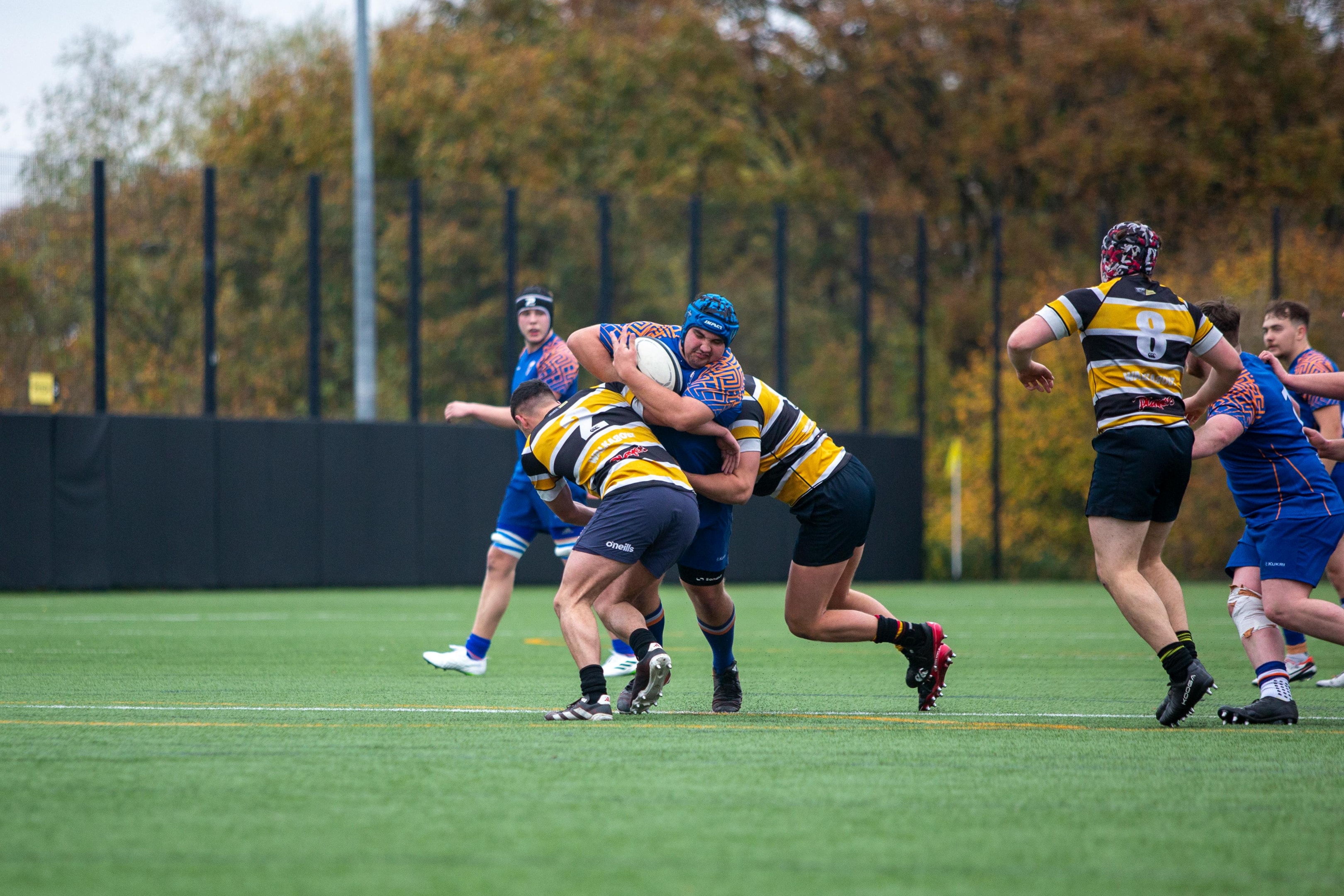
The ability to execute a strong, safe tackle can turn the tide of a game. Tackling doesn’t only stop the ball carrier—it creates opportunities for turnovers, disrupts the opposition’s flow, and energizes your team. But to consistently perform good tackles, you need:
Strength to drive through your opponent.
Agility to adjust your body position quickly.
Coordination to maintain proper form and avoid injuries.
Before we jump into the workout, let’s warm up with movements designed to prepare your muscles for the demands of tackling.
Warm-Up
Dynamic Lunges – 2 sets of 10 reps per leg
Engage your hips and knees to prepare for tackling positions.
Arm Circles – 2 sets of 10 forward and backward
Loosen your shoulders for full-range arm movements during tackles.
High Knees – 30 seconds
Warm up the ball carrier’s legs equivalent to the running mechanics used in rugby.
At-Home Workout for Rugby Tackling Power
1. Bicep Curls
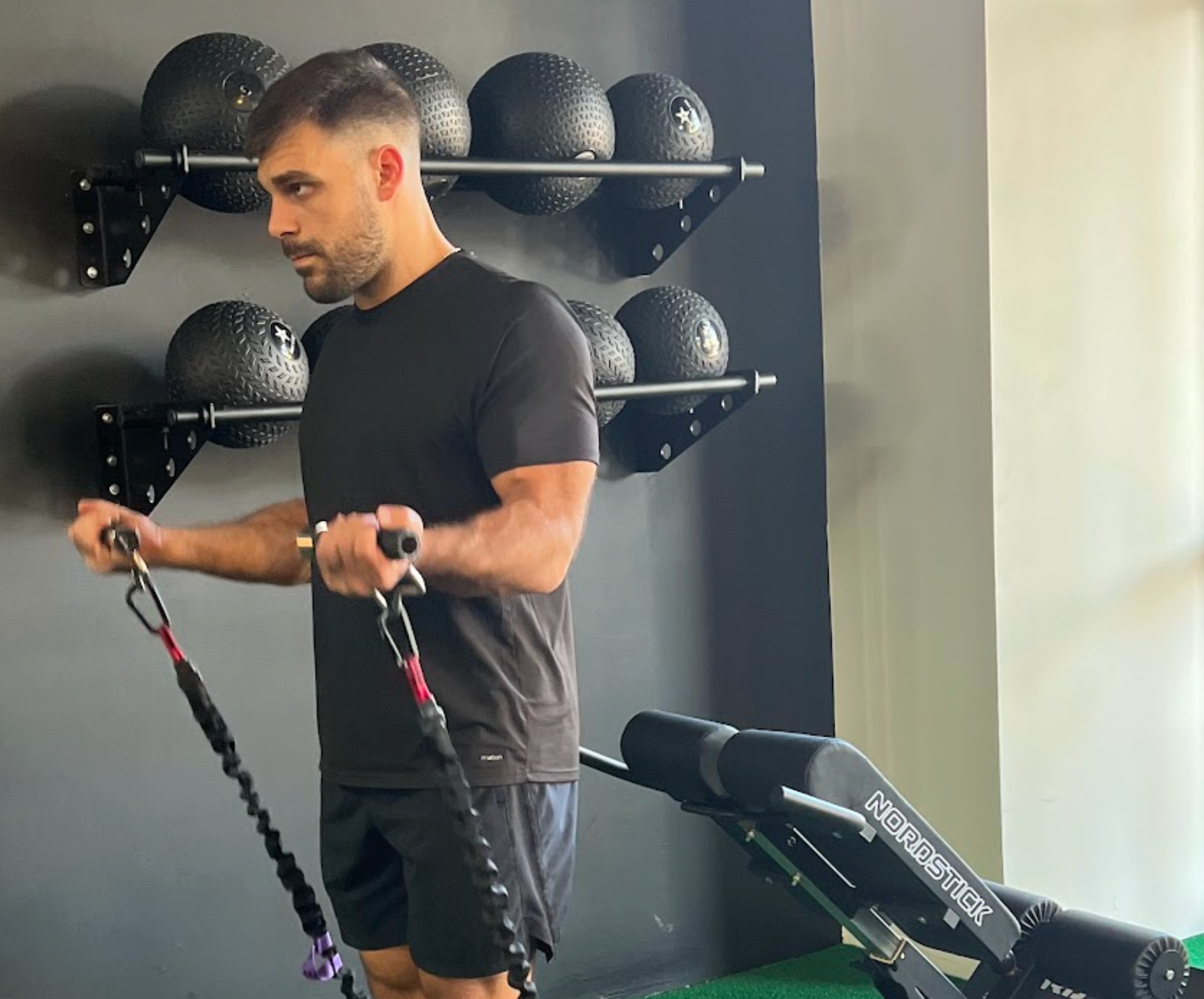 Reps/Sets: 3 sets of 12 reps
Reps/Sets: 3 sets of 12 reps
How it Helps: Strengthens your arms for effective wrapping during tackles. Strong biceps ensure you can grab and pull opponents with control.
2. Front Raises
Reps/Sets: 3 sets of 10 reps
How it Helps: Builds shoulder strength to improve stability and positioning when engaging with the ball carrier. Strong shoulders protect your head and arms during contact.
3. Hamstring Curls
Reps/Sets: 3 sets of 12 reps
How it Helps: Boosts hamstring strength for explosive speed and power, enabling you to cover ground quickly and execute a low body position for tackles.
4. Hip Adduction (OmniBands)
Reps/Sets: 2 sets of 15 reps per side
How it Helps: Strengthens the inner thighs, ensuring you can stabilize and drive your legs through the tackle area without losing balance.
5. Leg Extensions
Reps/Sets: 3 sets of 12 reps
How it Helps: Targets the quadriceps to enhance your ability to maintain a low body position, which is key to executing effective and safe tackles.
6. Back Extensions
Reps/Sets: 3 sets of 10 reps
How it Helps: Strengthens the lower back and glutes, vital for generating power in tackles and maintaining head position to avoid injury.
7. Planks
Reps/Sets: Hold for 30 seconds, 3 sets
How it Helps: Builds core stability, ensuring a confident tackling form and control when absorbing impact.
8. Split Squats
Reps/Sets: 2 sets of 10 reps per leg
How it Helps: Improves unilateral leg strength, critical for driving through an opposing player with full energy and precision.
9. Push-Ups
Reps/Sets: 3 sets of 15 reps
How it Helps: Enhances upper body strength and reinforces stability when grappling with an attacker.
10. Skater Jumps
Reps/Sets: 3 sets of 12 reps
How it Helps: Trains lateral agility and explosive power, allowing you to quickly adjust your position and tackle from different angles.
Cool-Down Stretches
Child’s Pose: Hold for 30 seconds
Loosens the lower back and shoulders.
Hip Flexor Stretch: Hold for 20 seconds on each side
Stretches the hips after engaging in powerful tackles.
Hamstring Stretch: Hold for 20 seconds per leg
Relieves tension in the hamstrings post-workout.
Read More for Maximum Impact
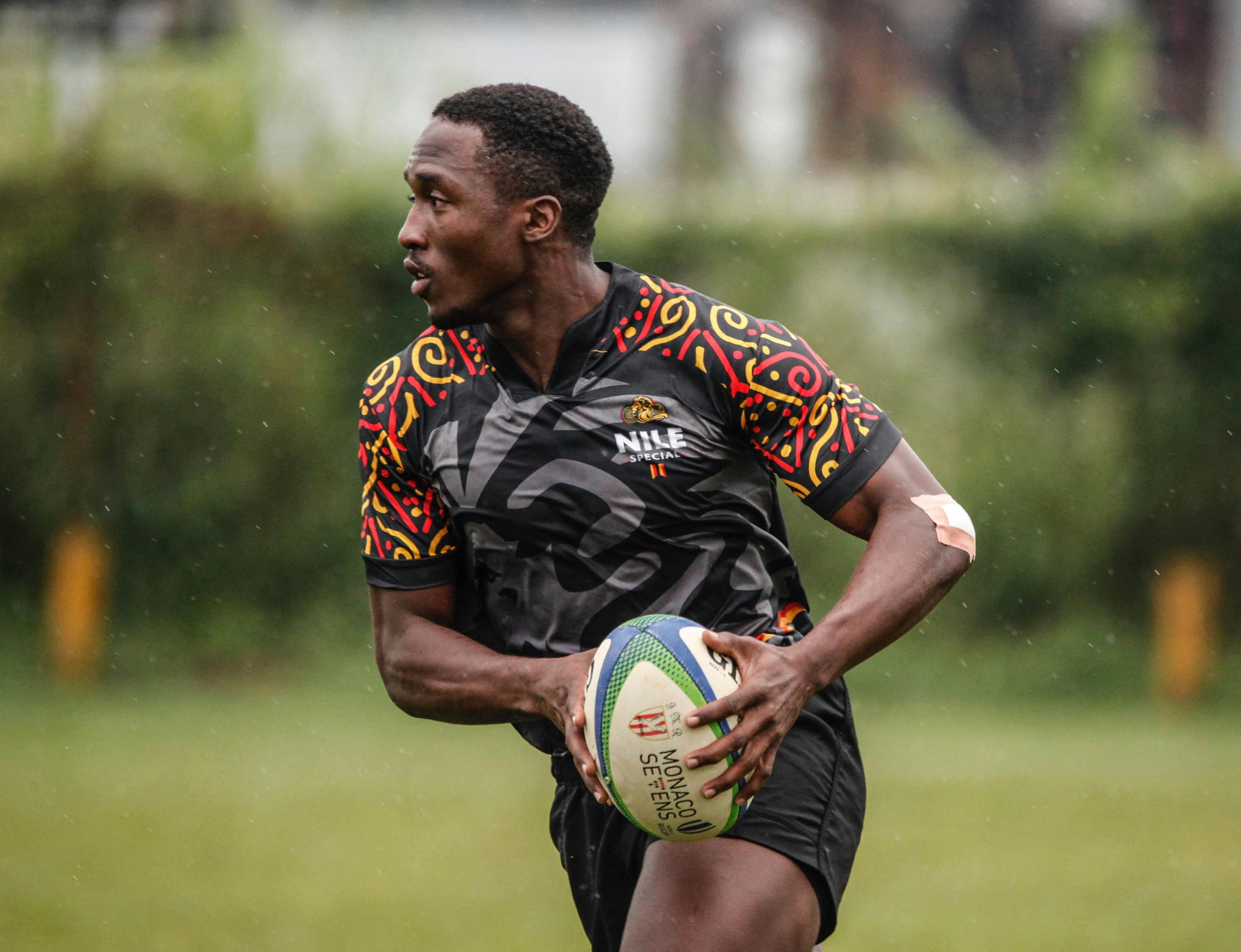
1. Speed and Strength Training for Rugby Players
Discover drills designed for power and speed to dominate your position.
2. How to Build Power in Your Weightlifting Training
Unleash your strength potential with expert-approved training tips.
3. Preseason Strength and Flexibility Training Guide
Get a head start on building the strength and mobility required for a successful season.
FAQs
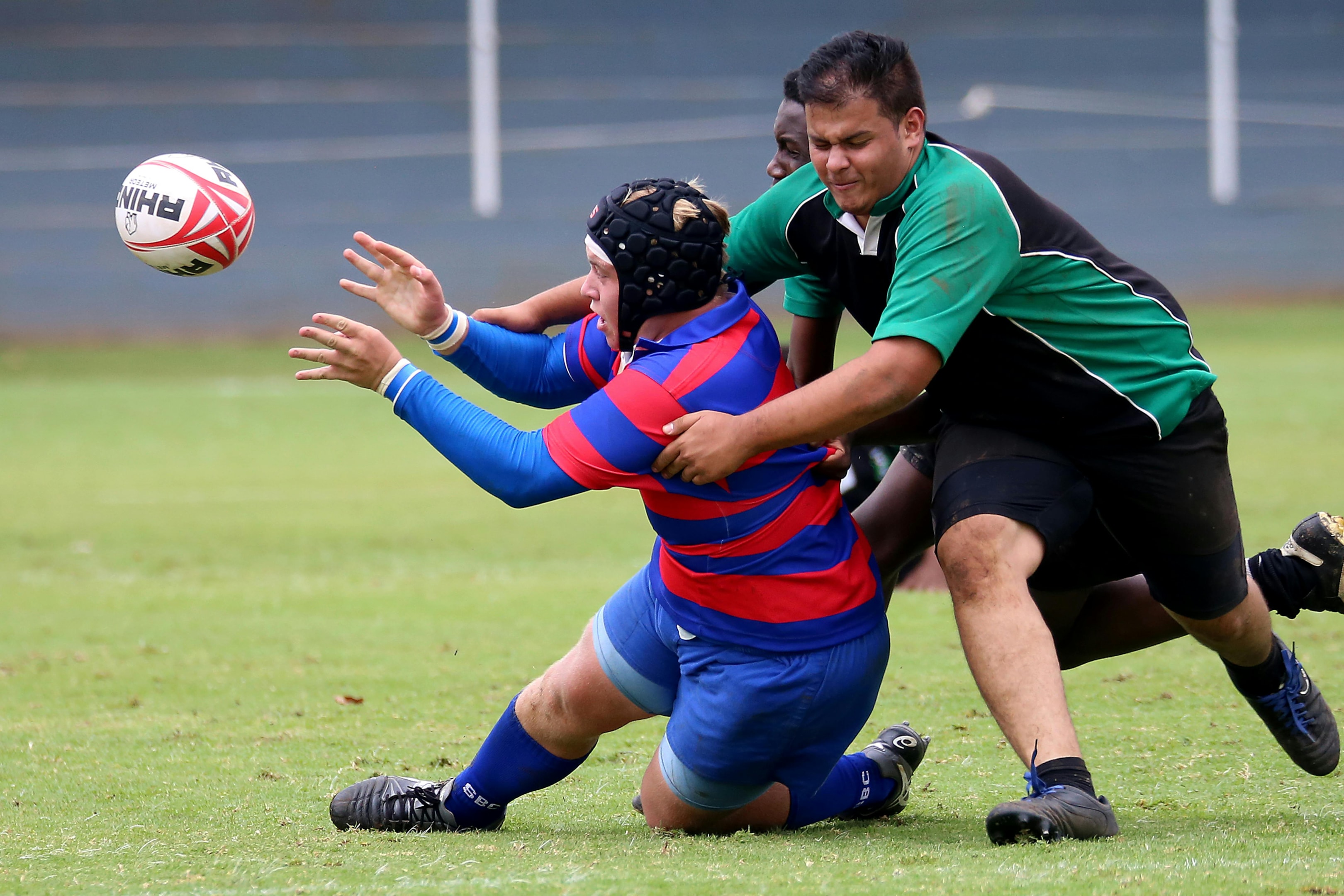
1. What is the best way to improve rugby tackling?
Focus on building lower body strength and core stability. Exercises like split squats and planks reinforce power and balance, while upper body exercises like bicep curls ensure better grip during tackles.
2. How often should rugby players strength train?
Rugby players should strength train 3–4 times a week during the off-season and scale back to 2–3 times weekly in-season to prioritize recovery and game performance.
3. Why is head position important in tackling?
Proper head position prevents injury during contact and ensures that your body is aligned to transfer maximum force to the ball carrier.
4. What are the most important muscles for tackling?
The glutes, hamstrings, core, and shoulders are critical for generating power, maintaining stability, and avoiding injuries during tackles.
5. Should rugby players train with weights or bodyweight?
Both are essential. Weights build strength and explosive power, while bodyweight exercises improve balance, mobility, and functional movement patterns.
Tackling in rugby isn’t just about power; it’s about precision, safety, and strategy. Use this guide to take your tackling game to the next level and make every hit count!

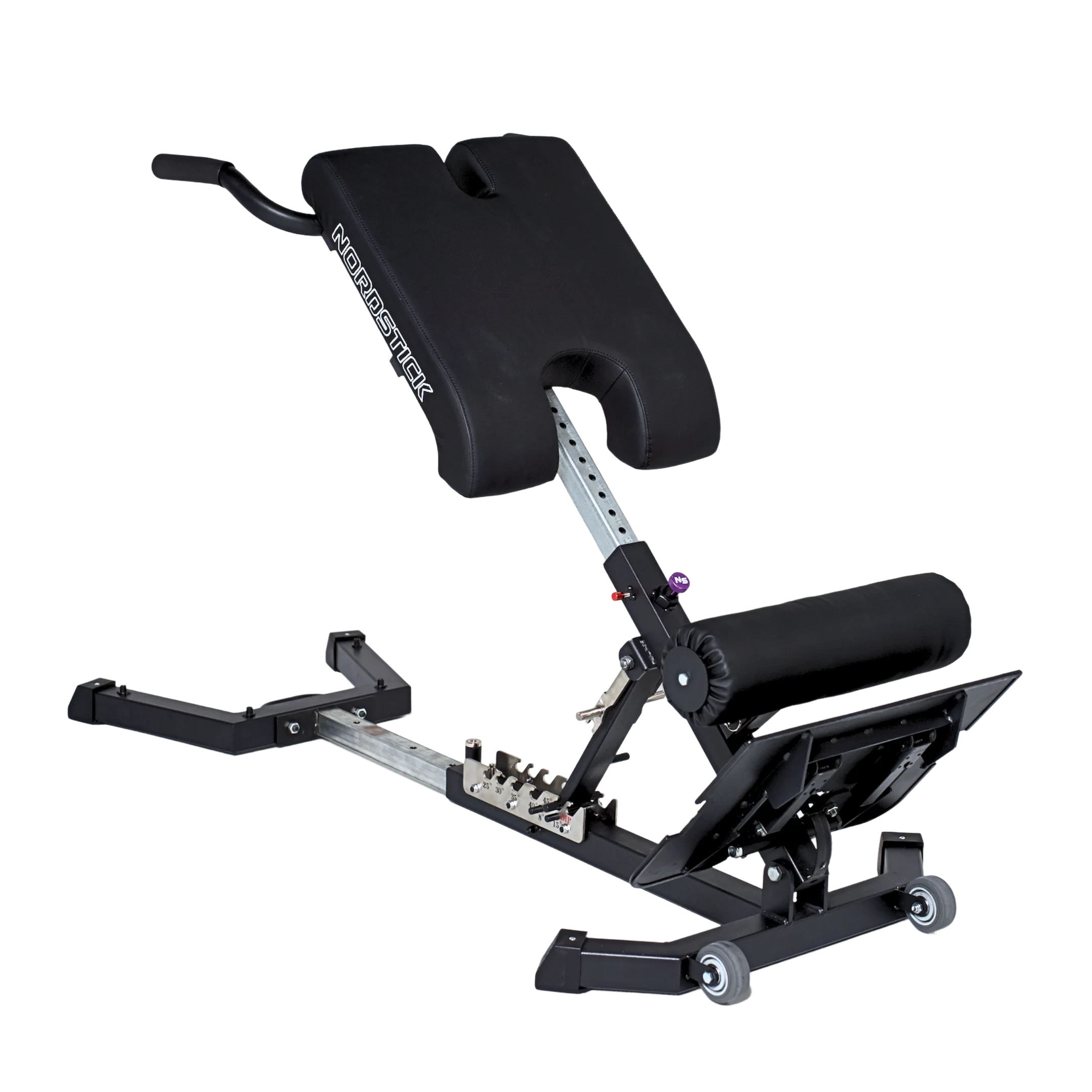
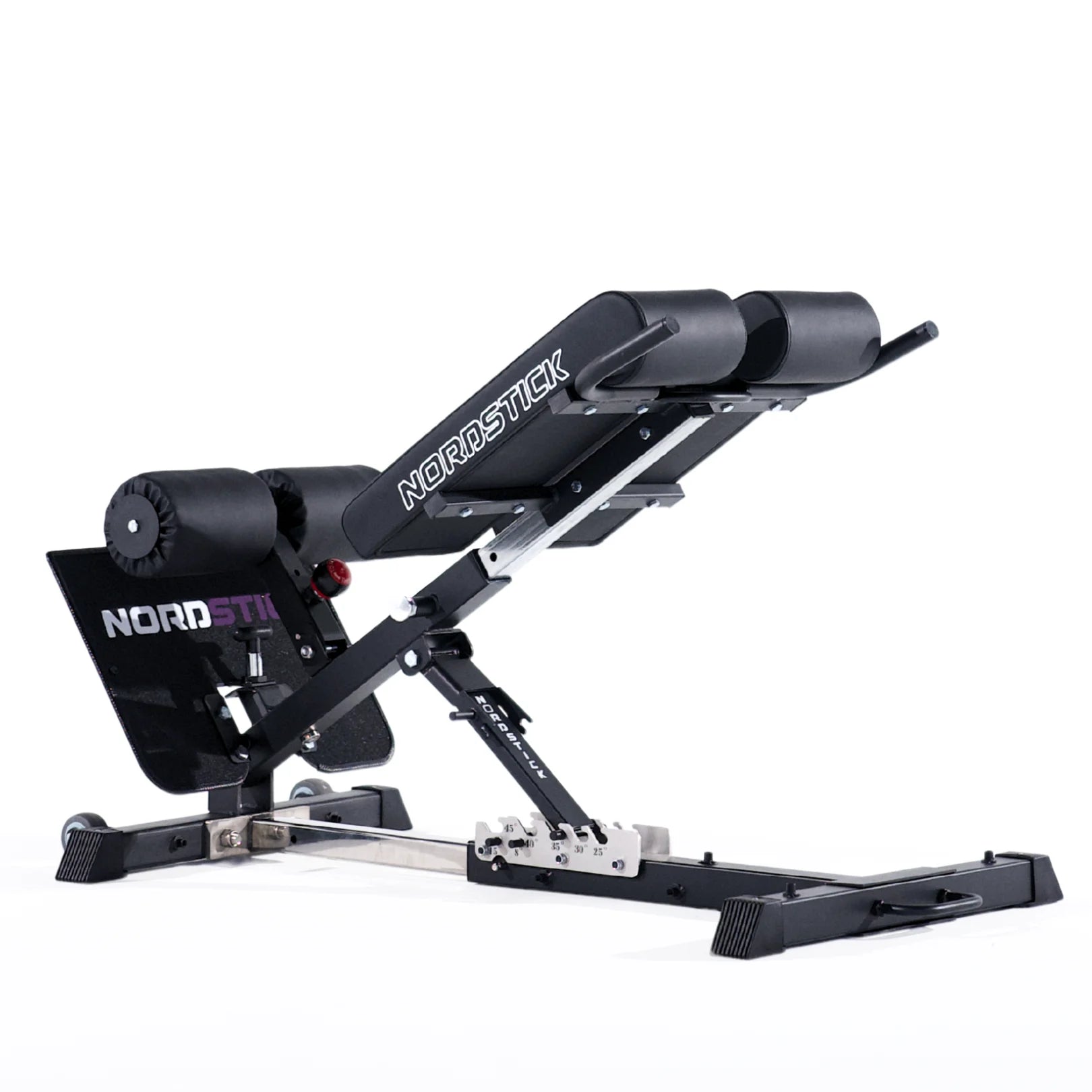





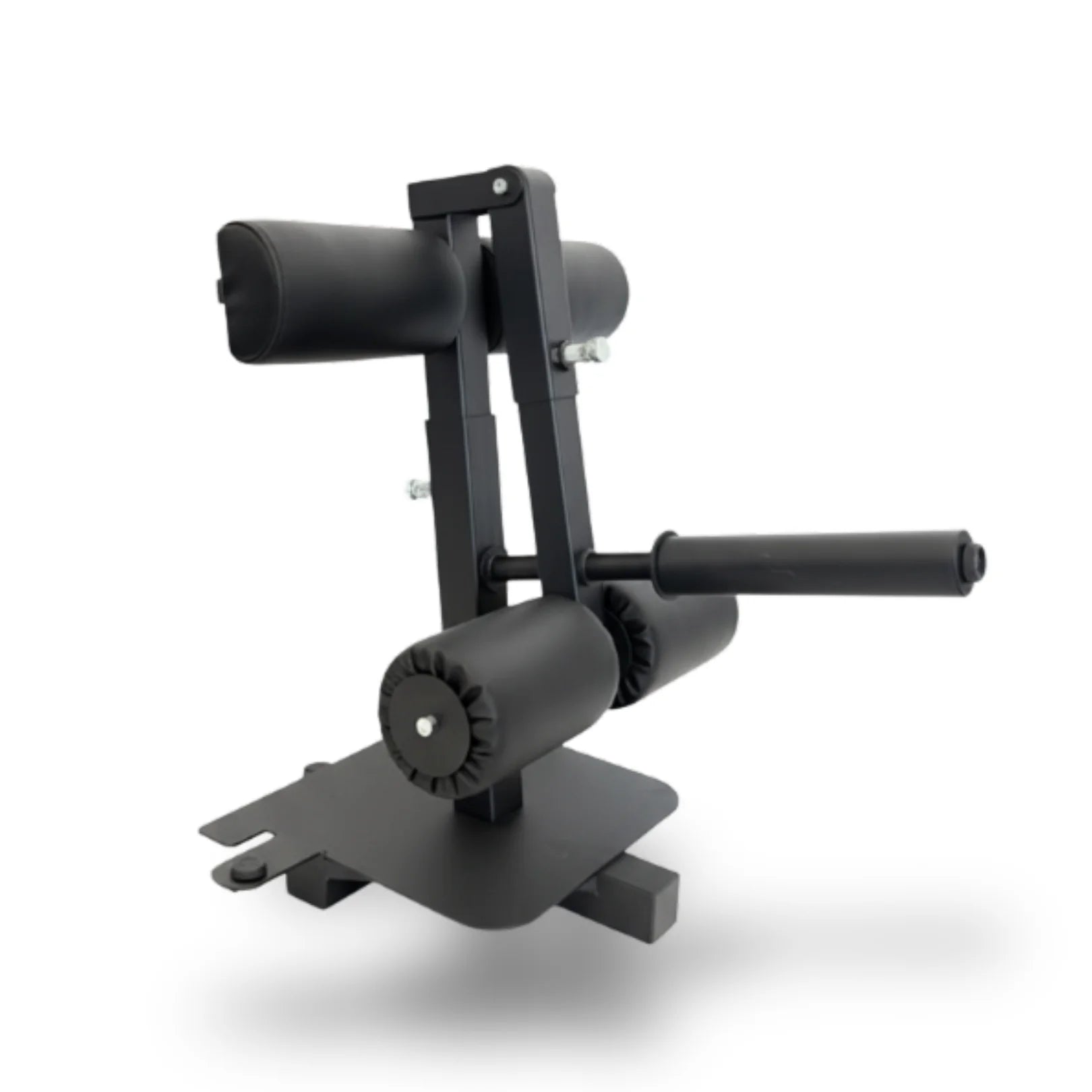
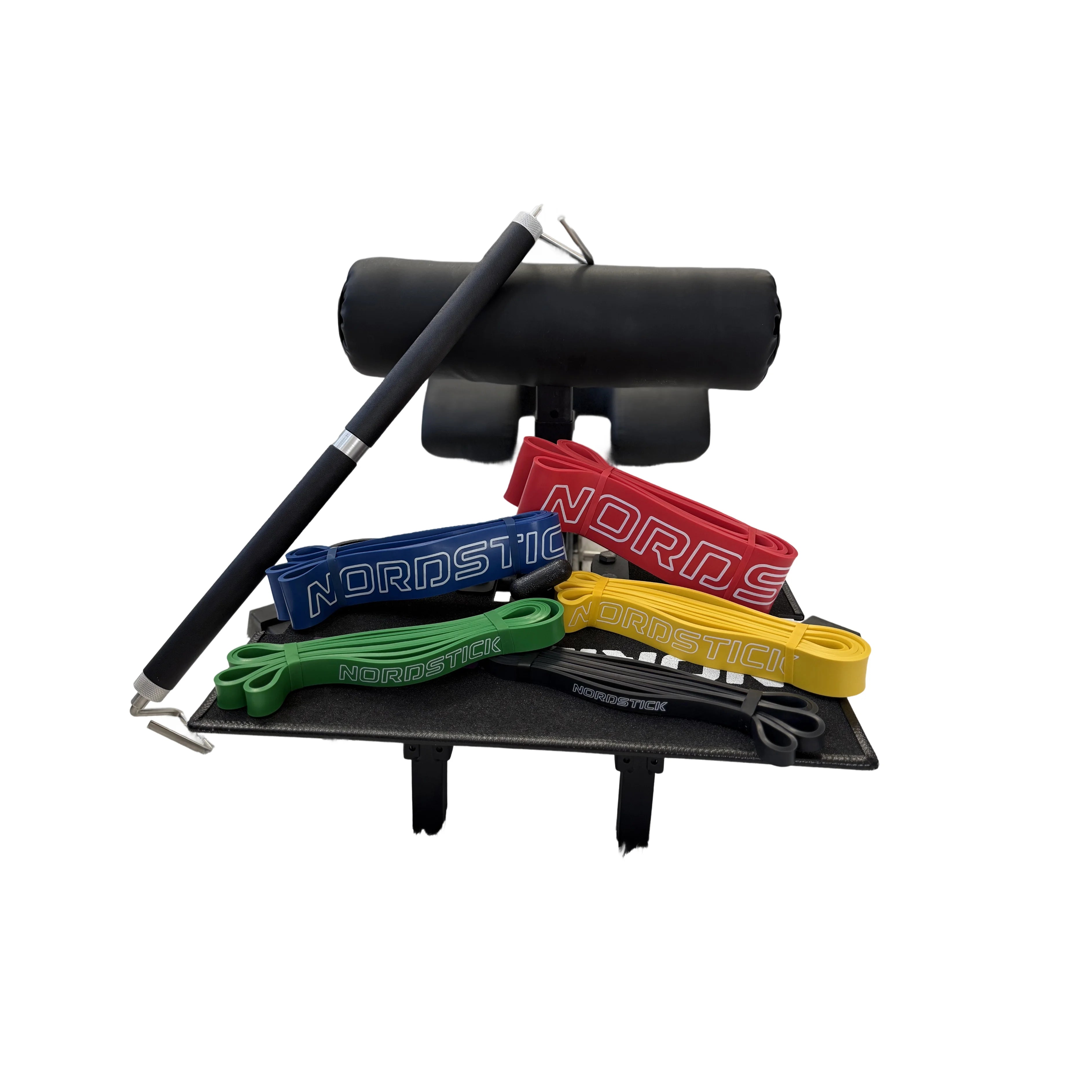
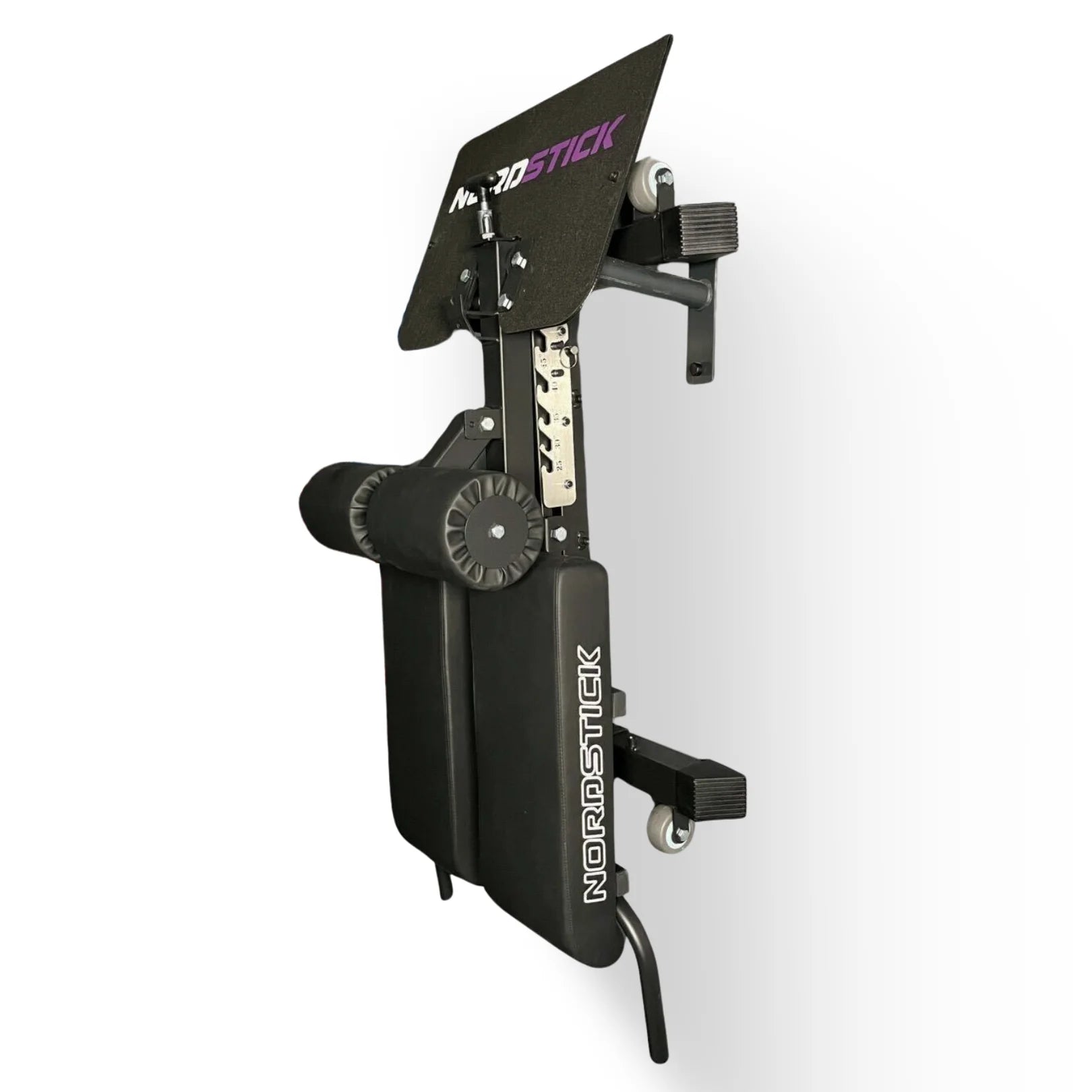
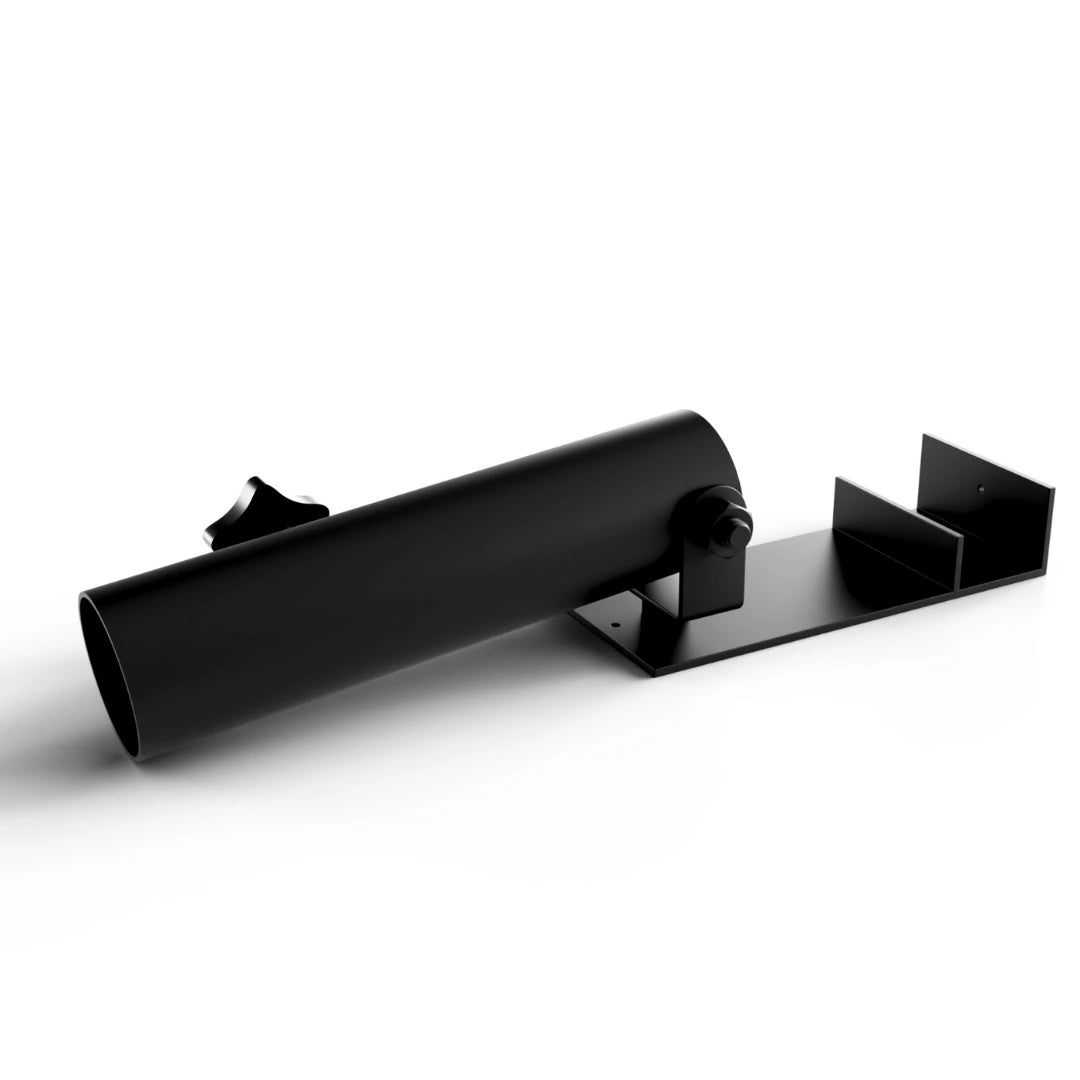
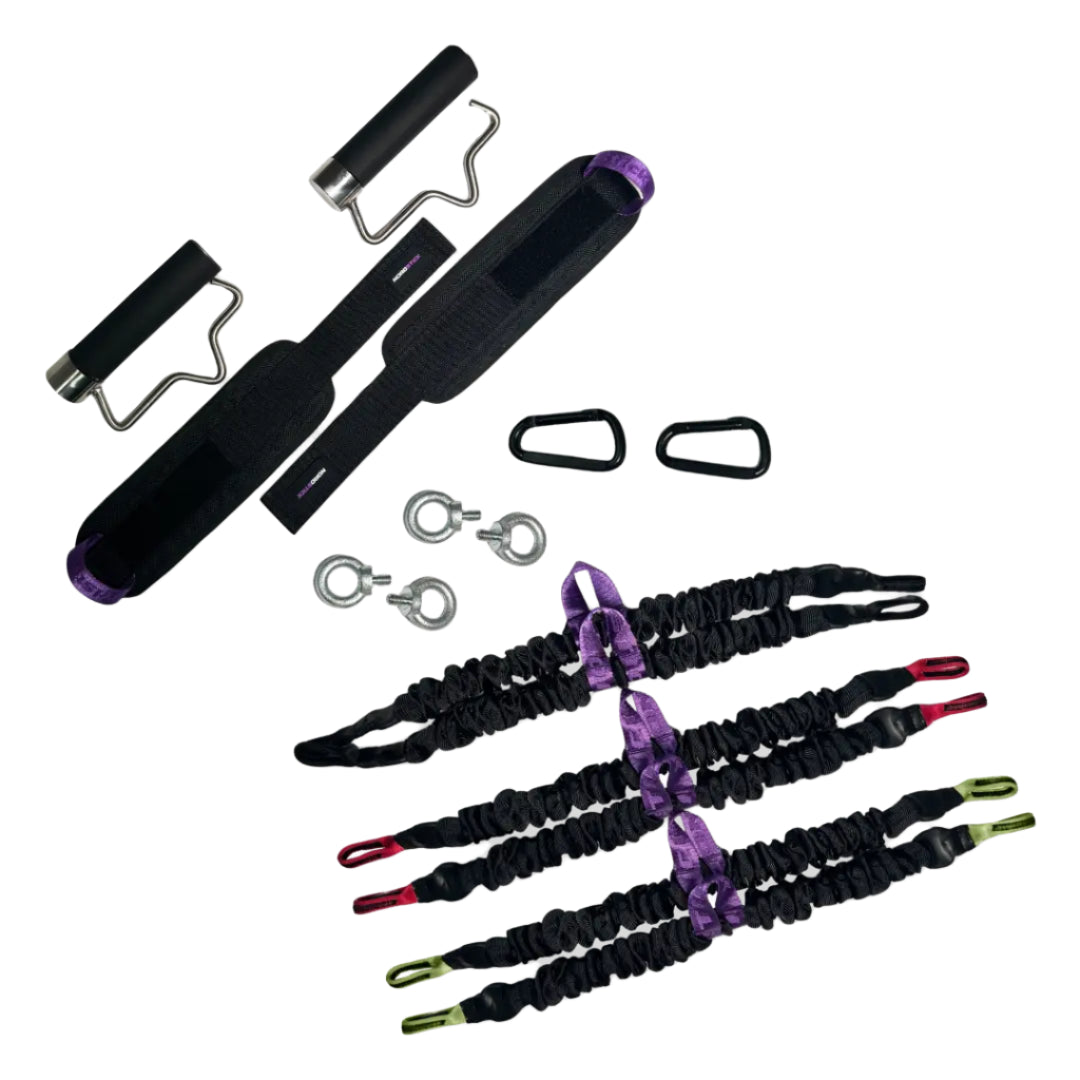
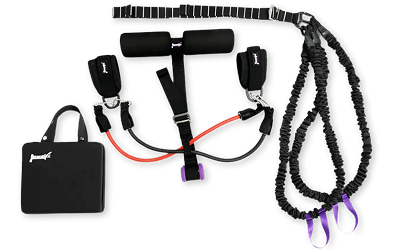
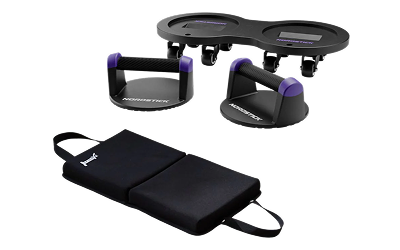
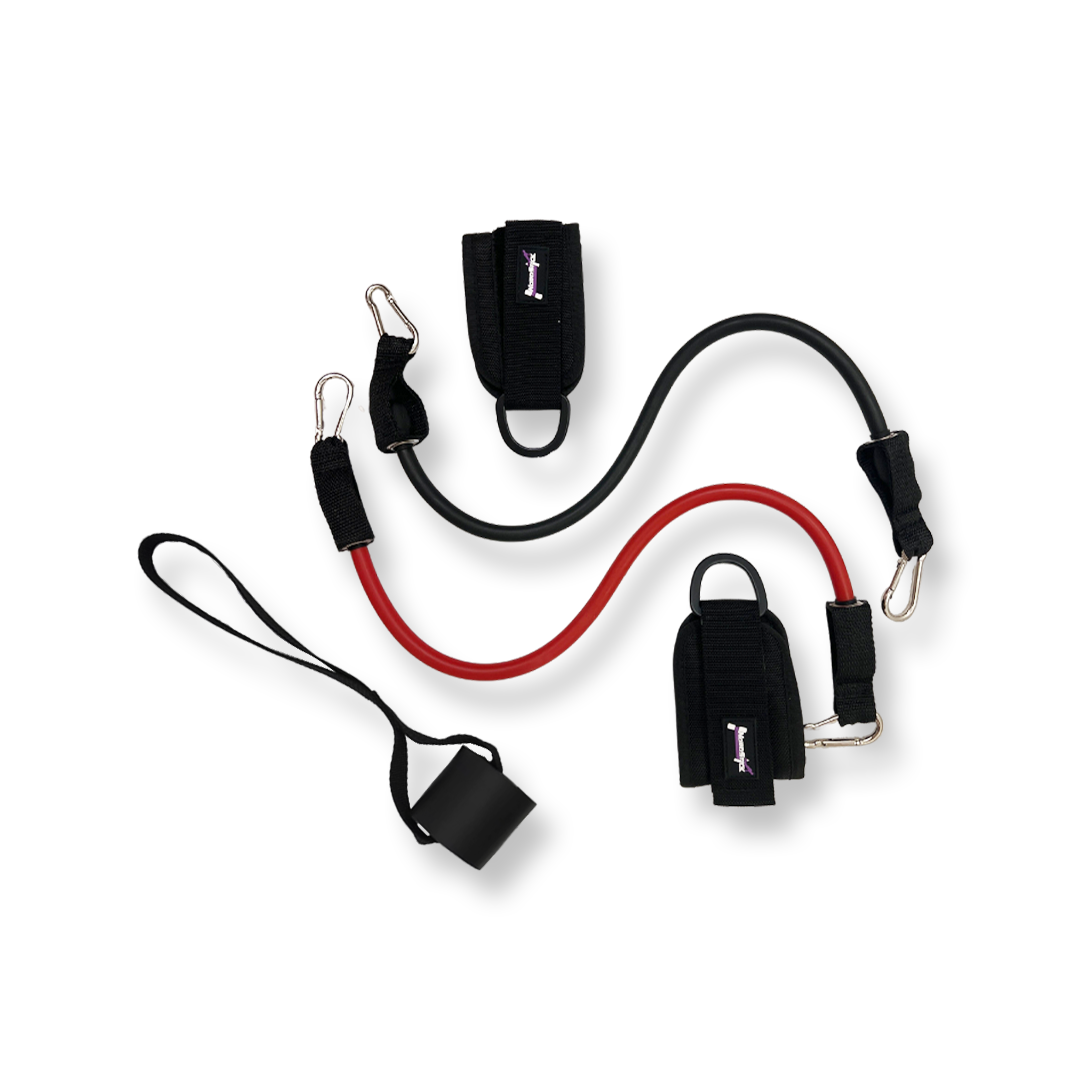
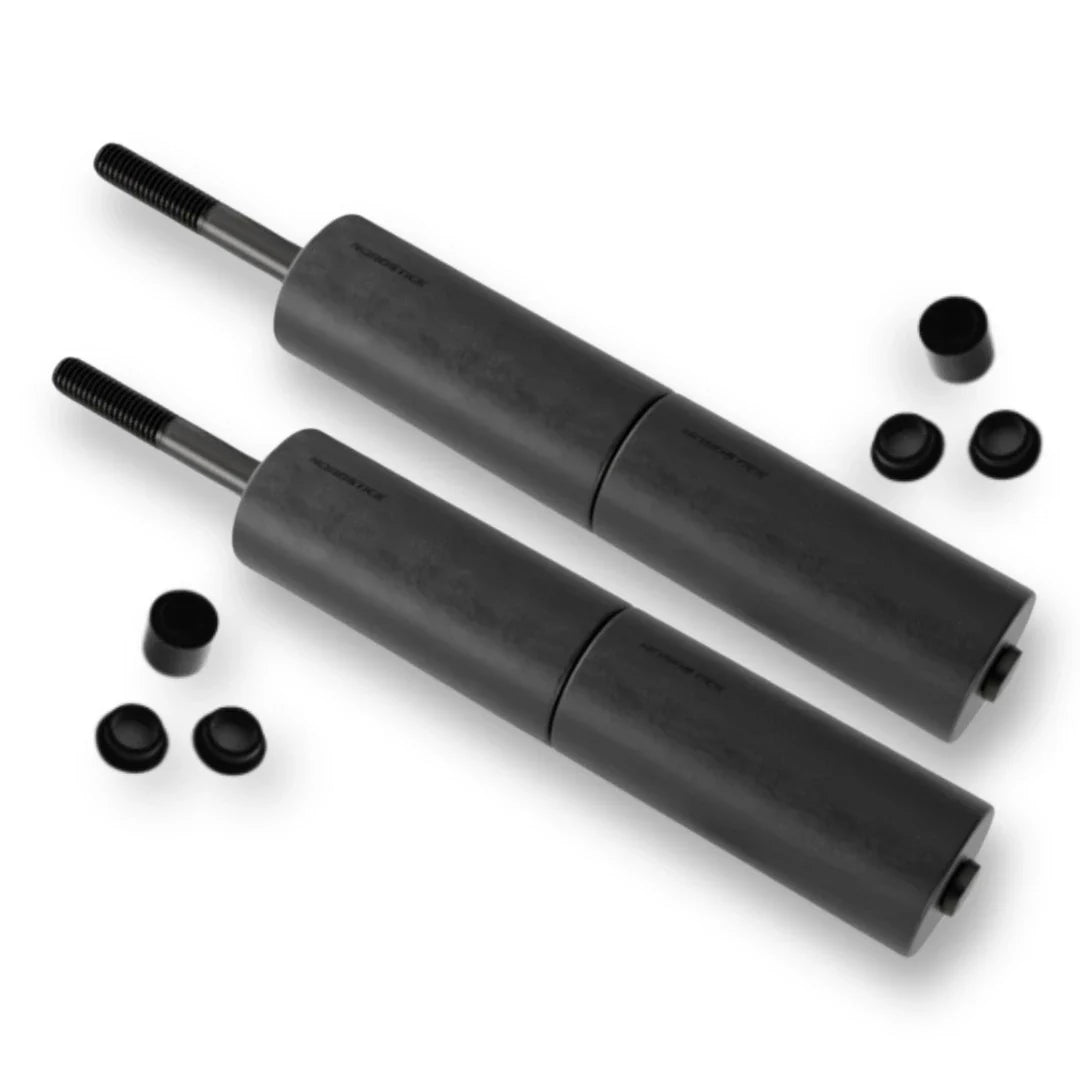
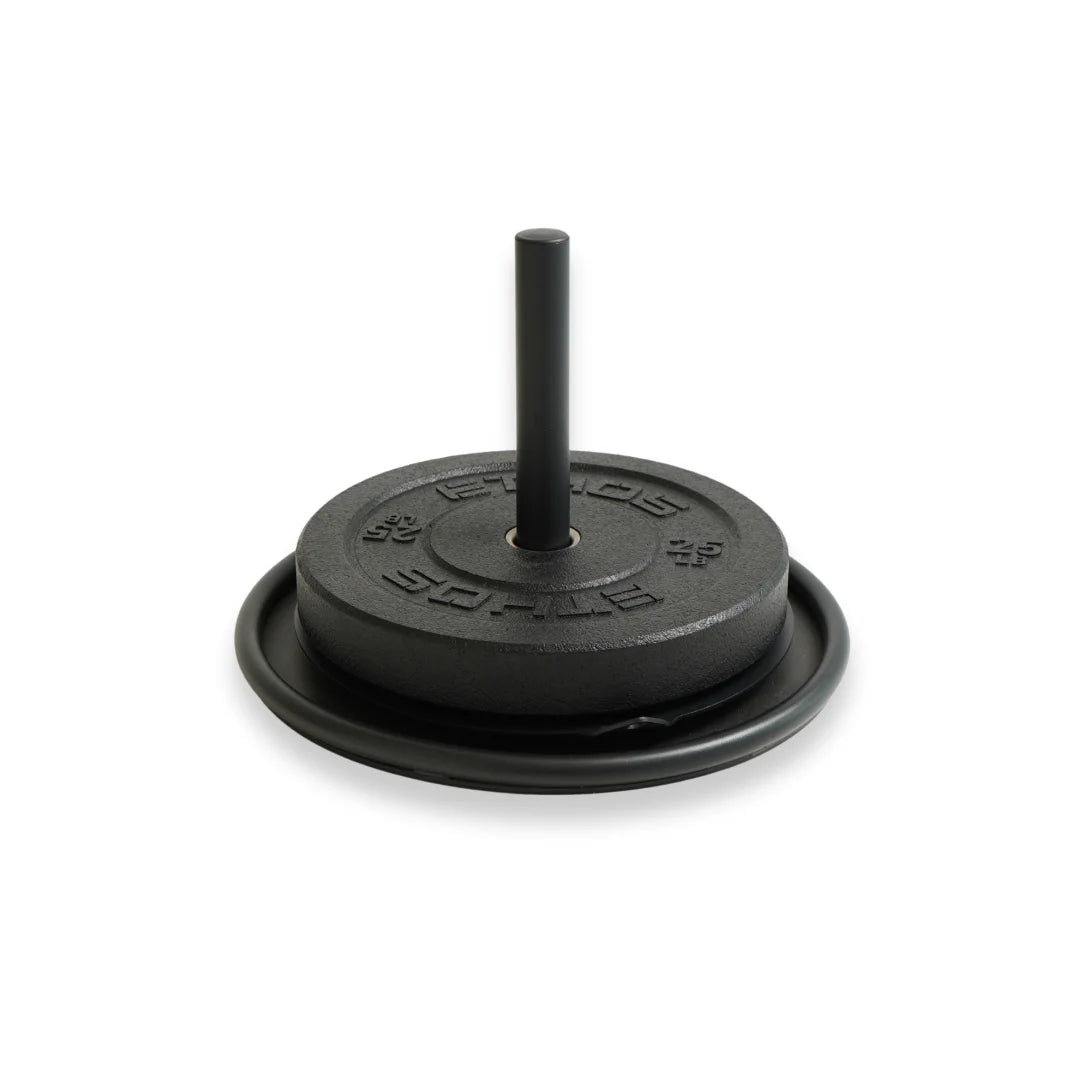
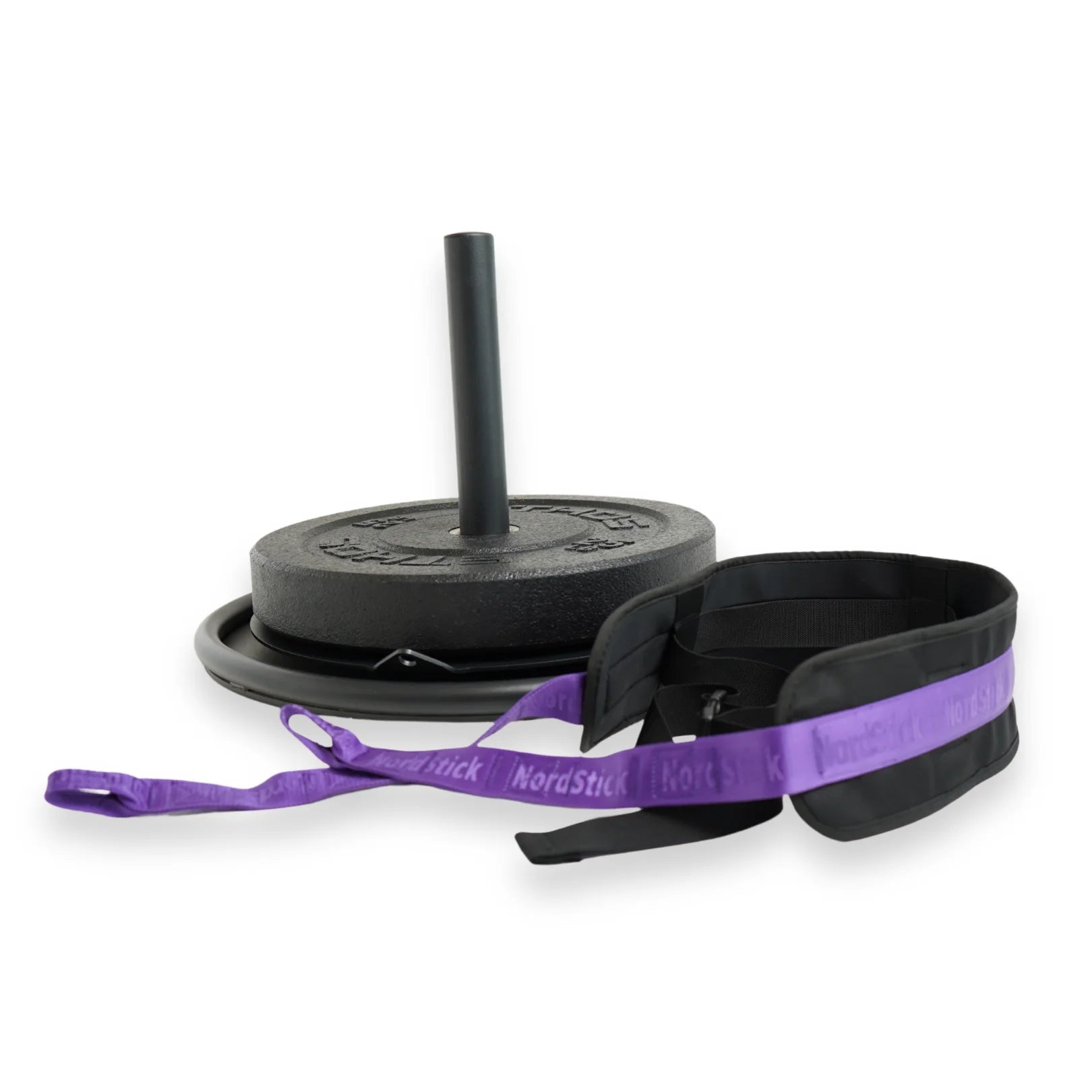
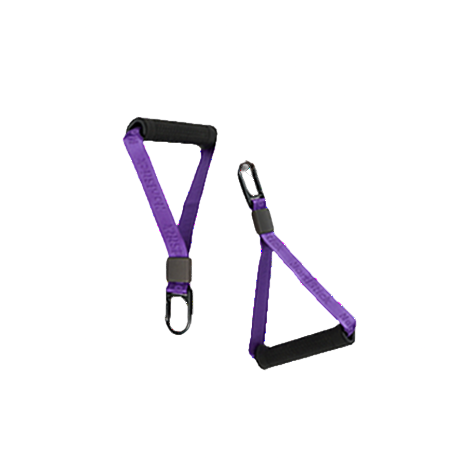
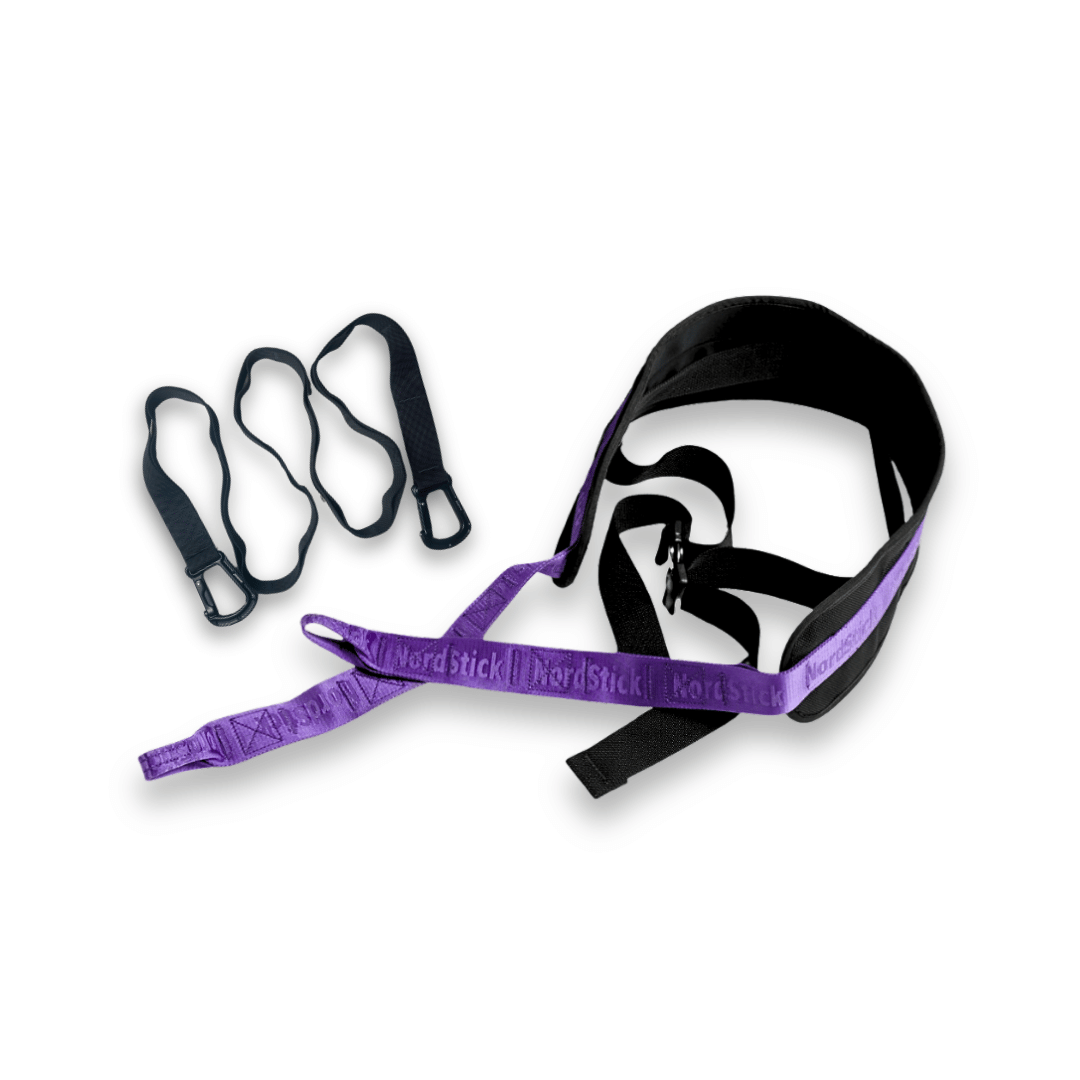
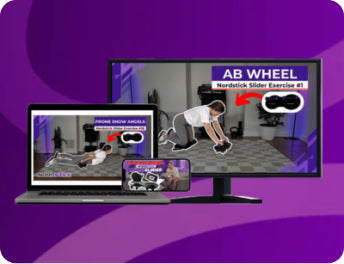

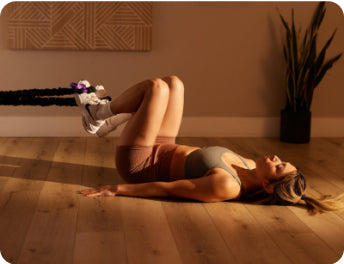
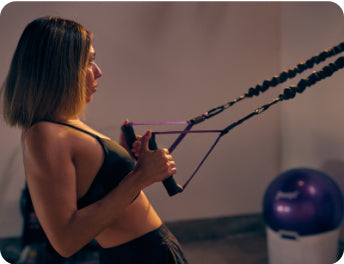

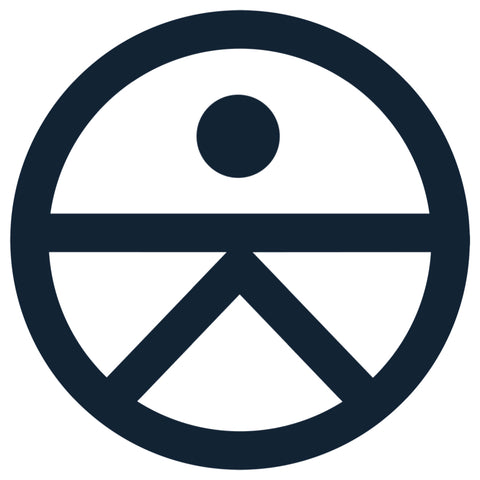
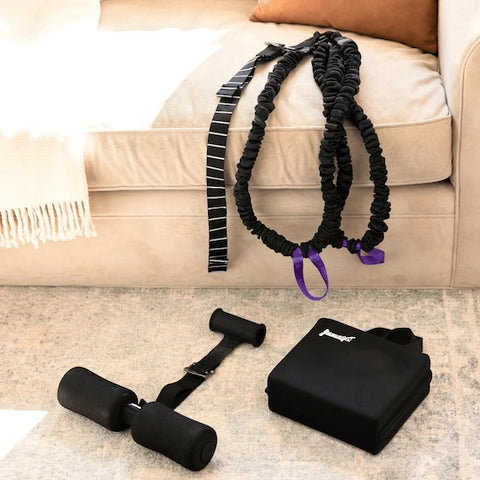

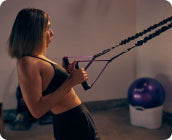
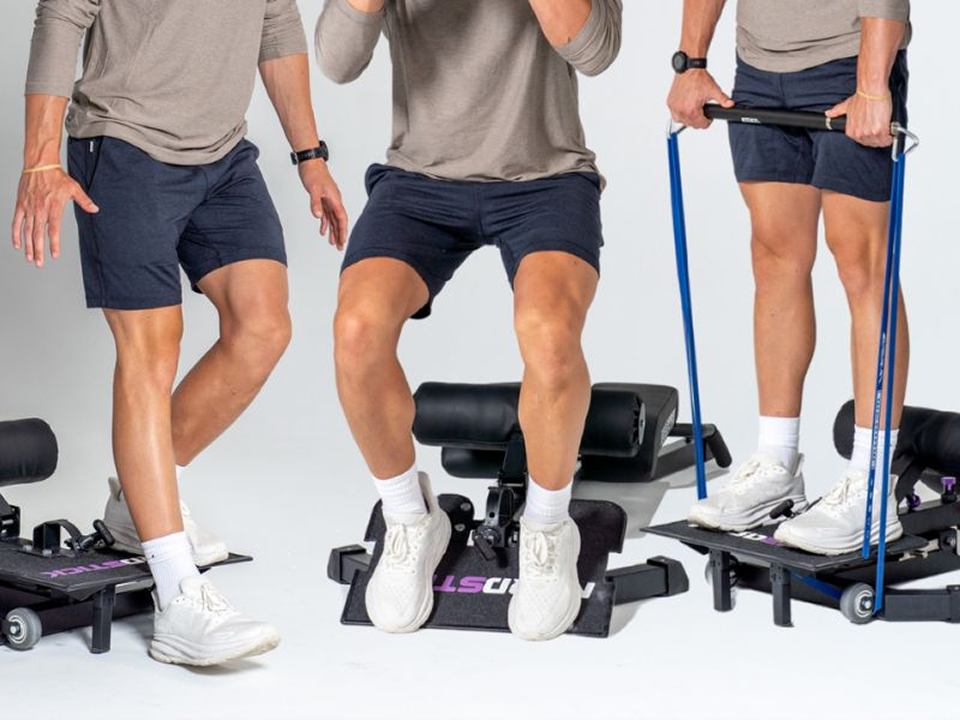
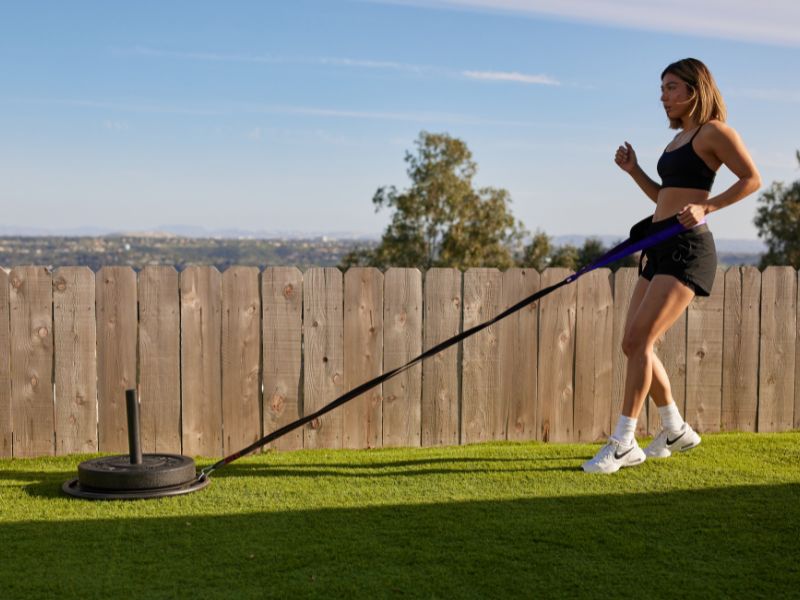
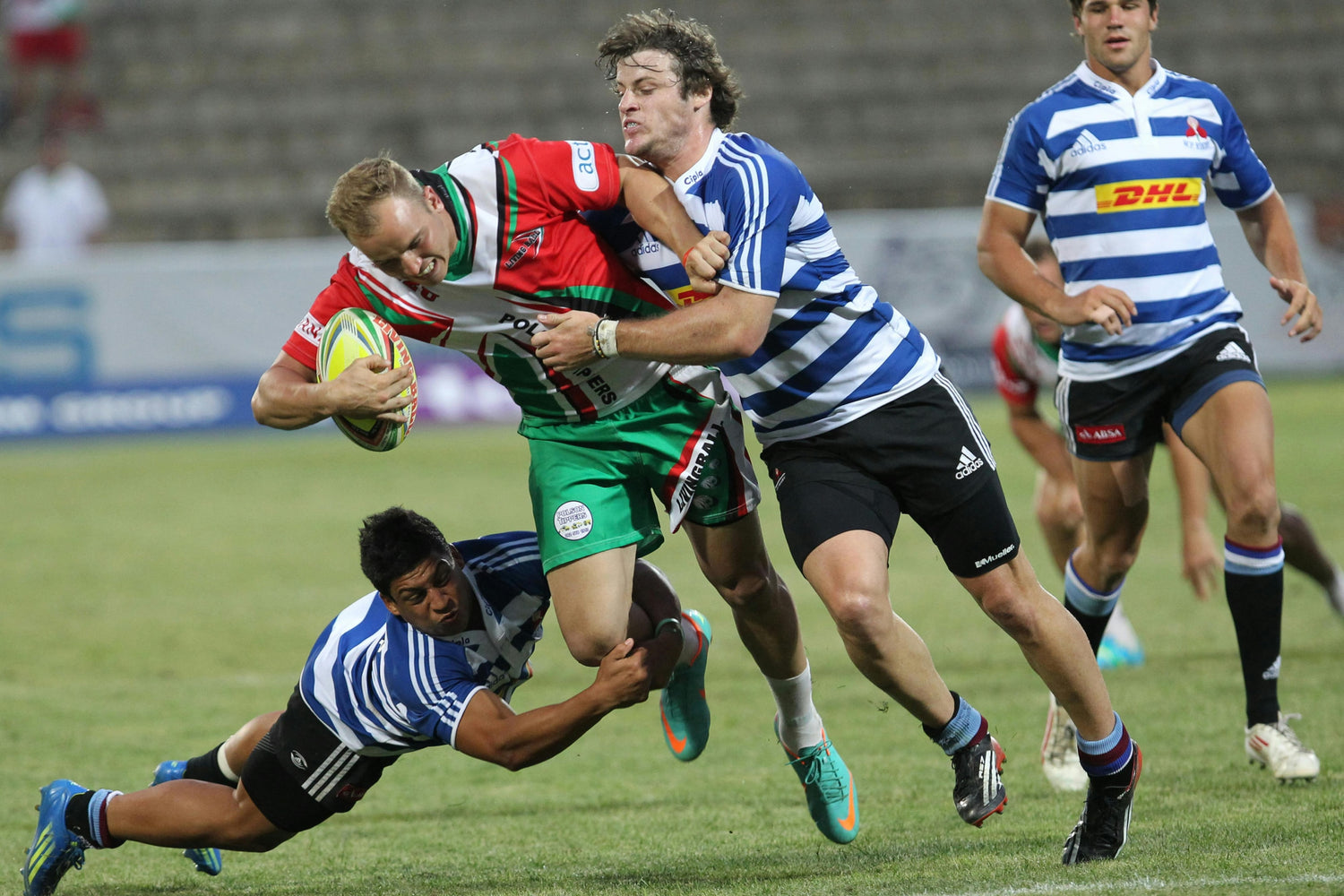
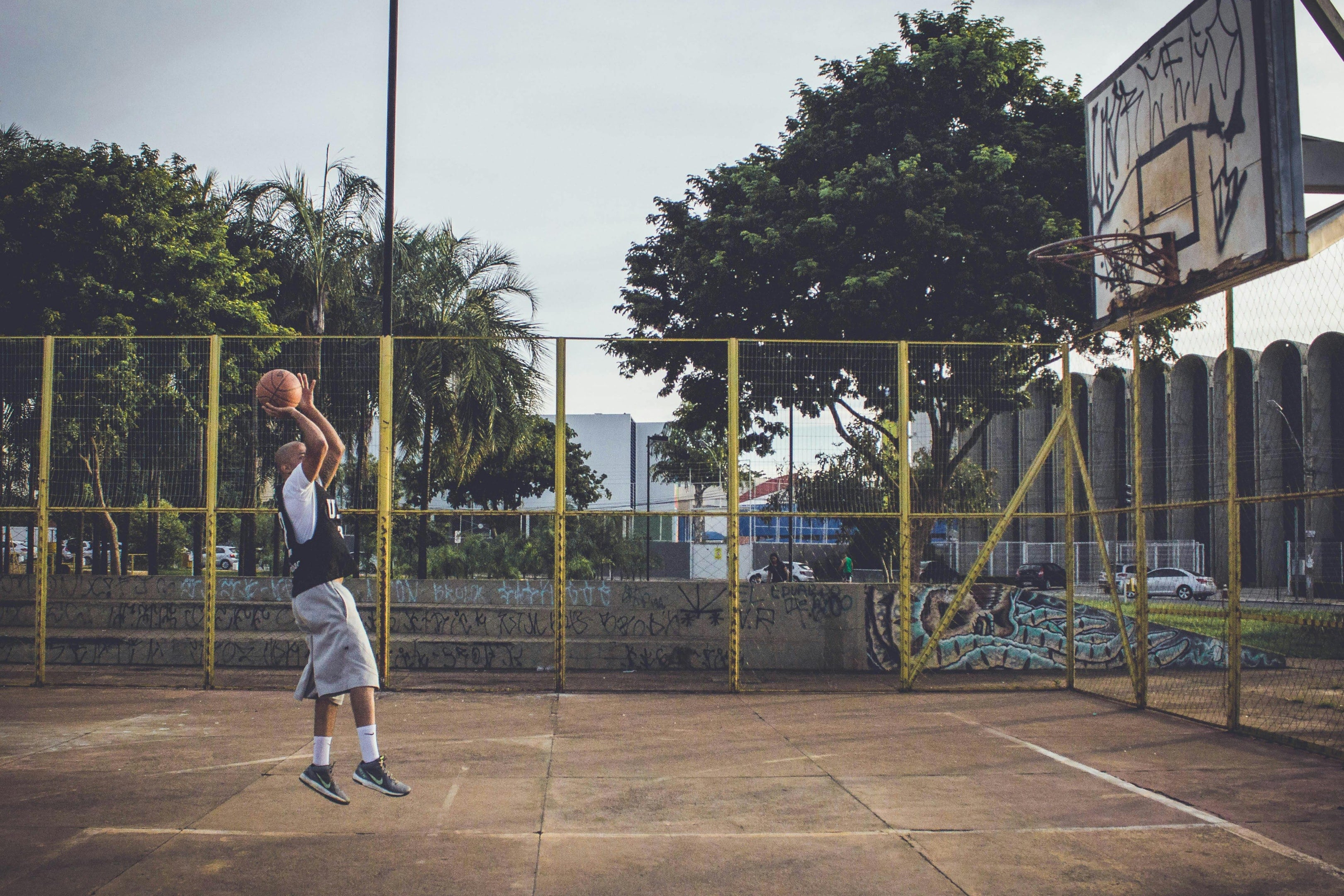
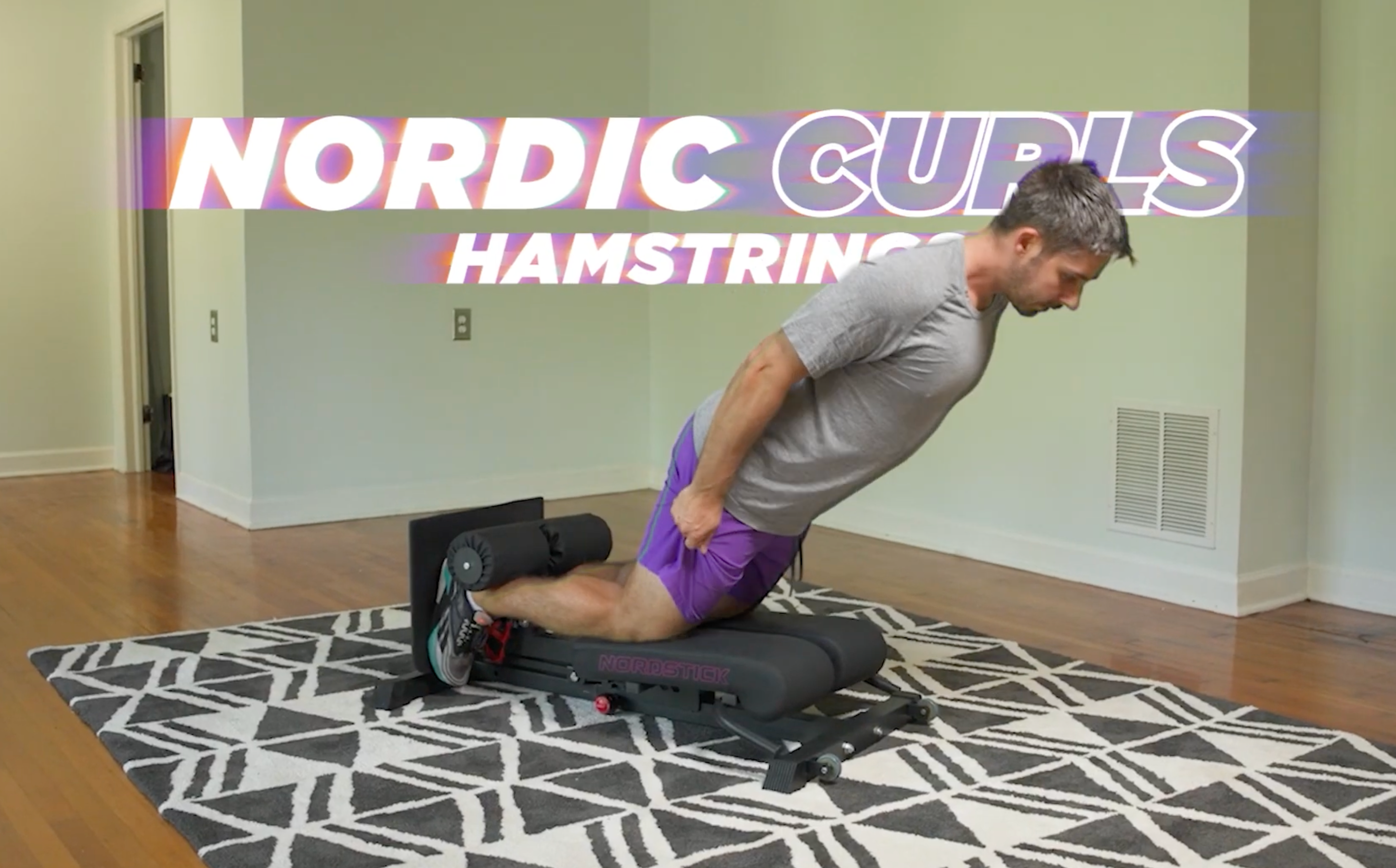



Leave a comment
This site is protected by hCaptcha and the hCaptcha Privacy Policy and Terms of Service apply.